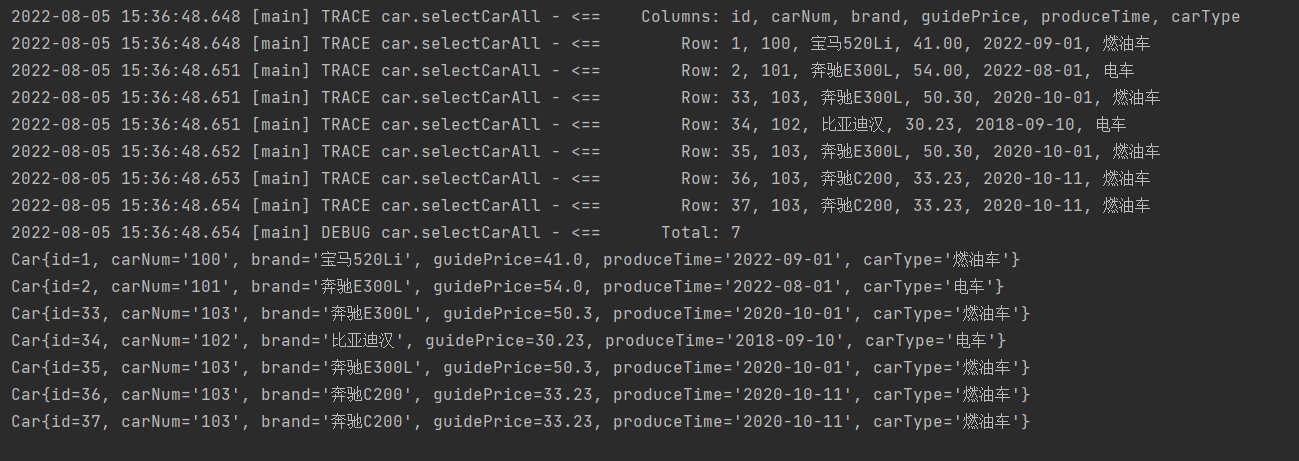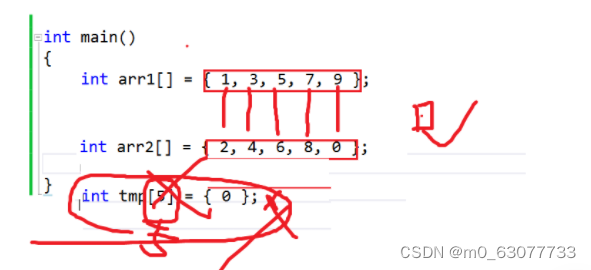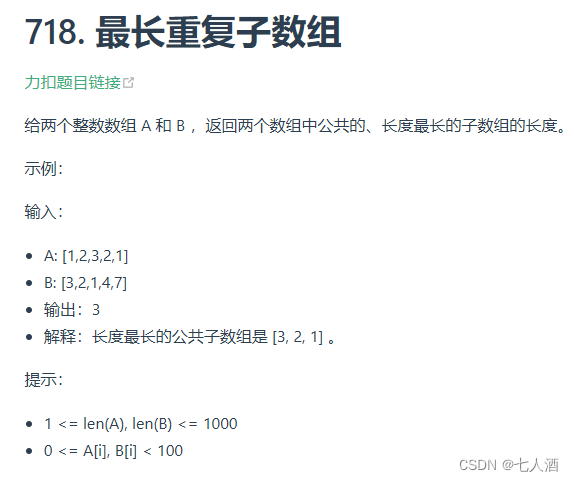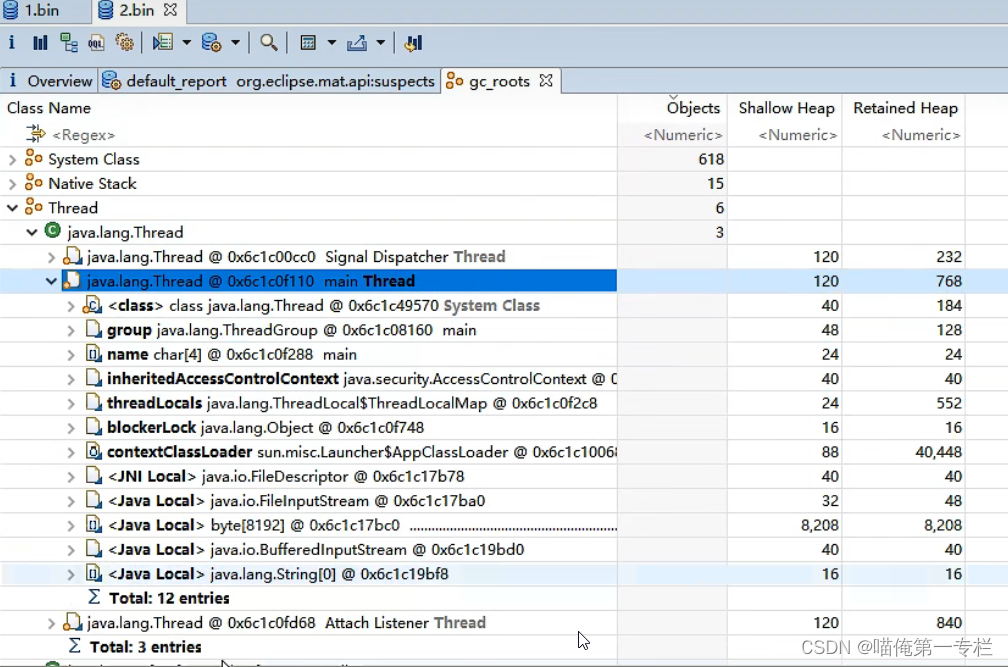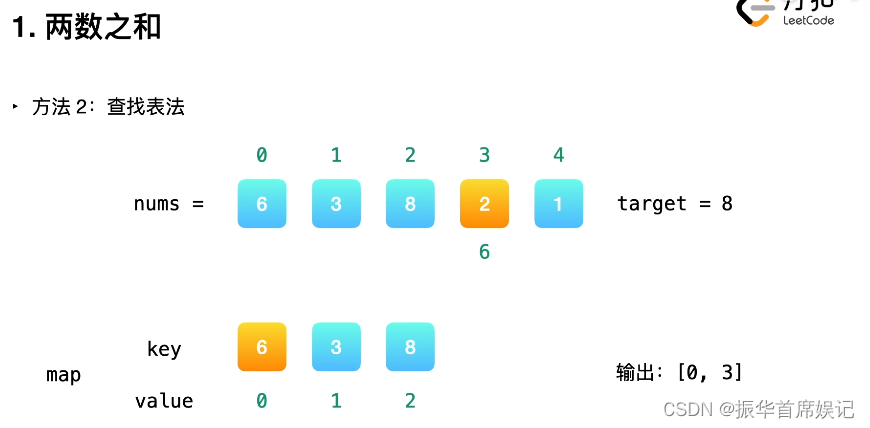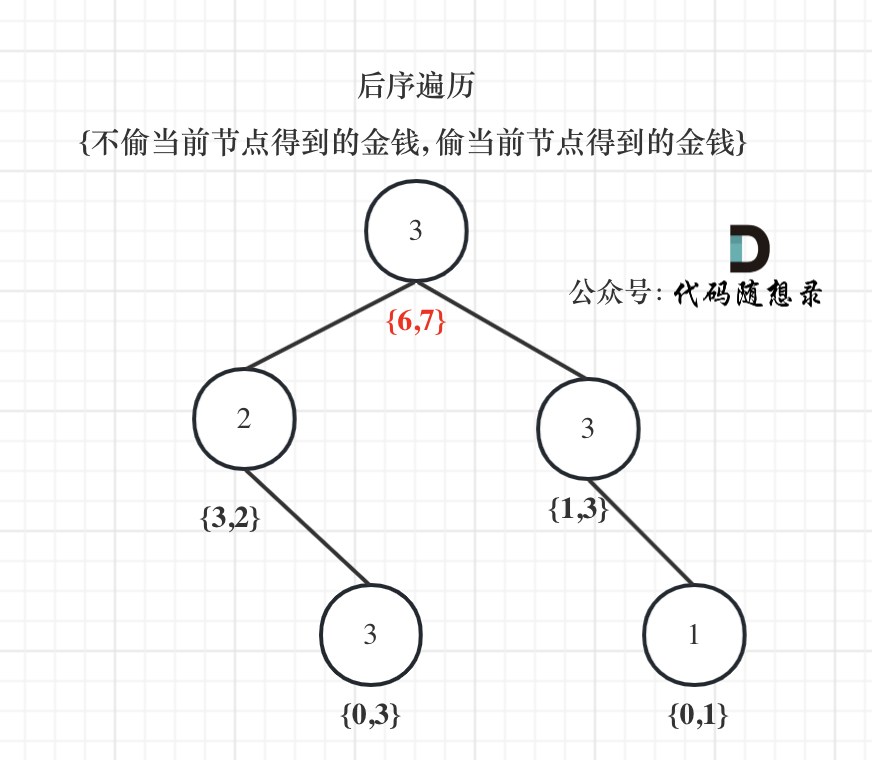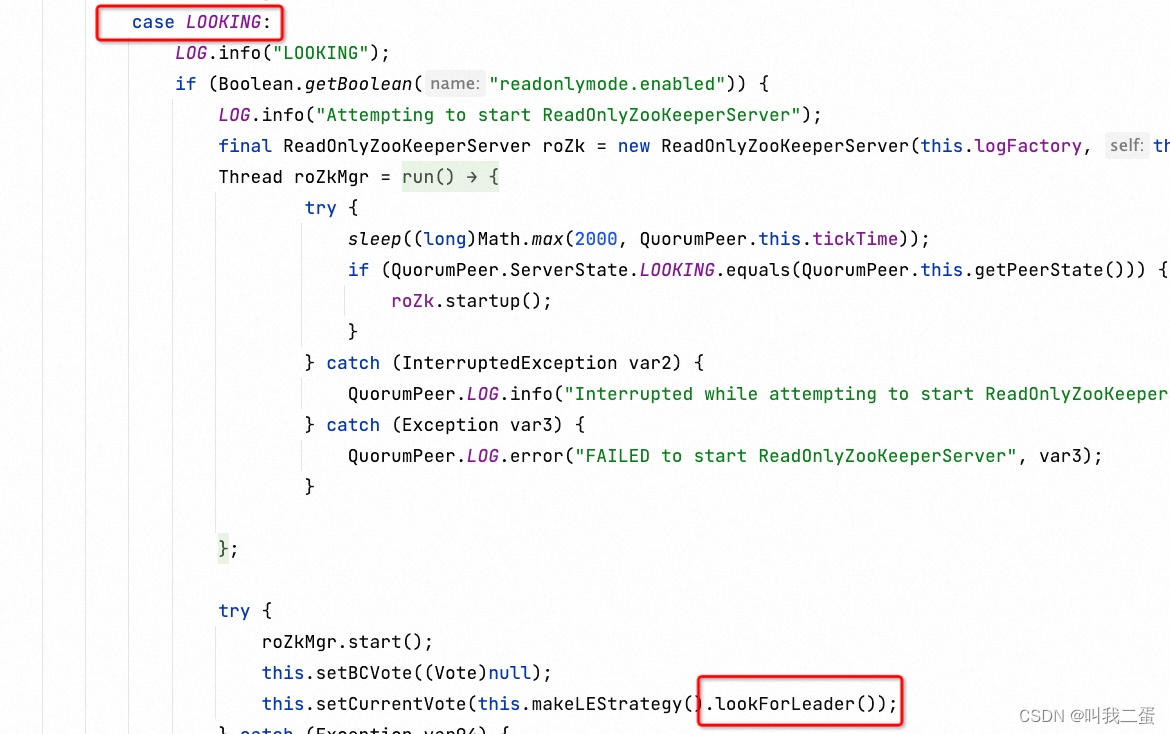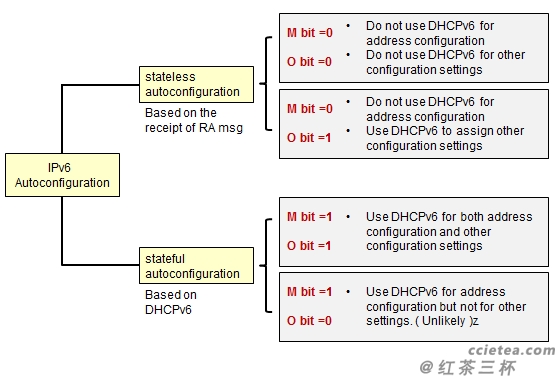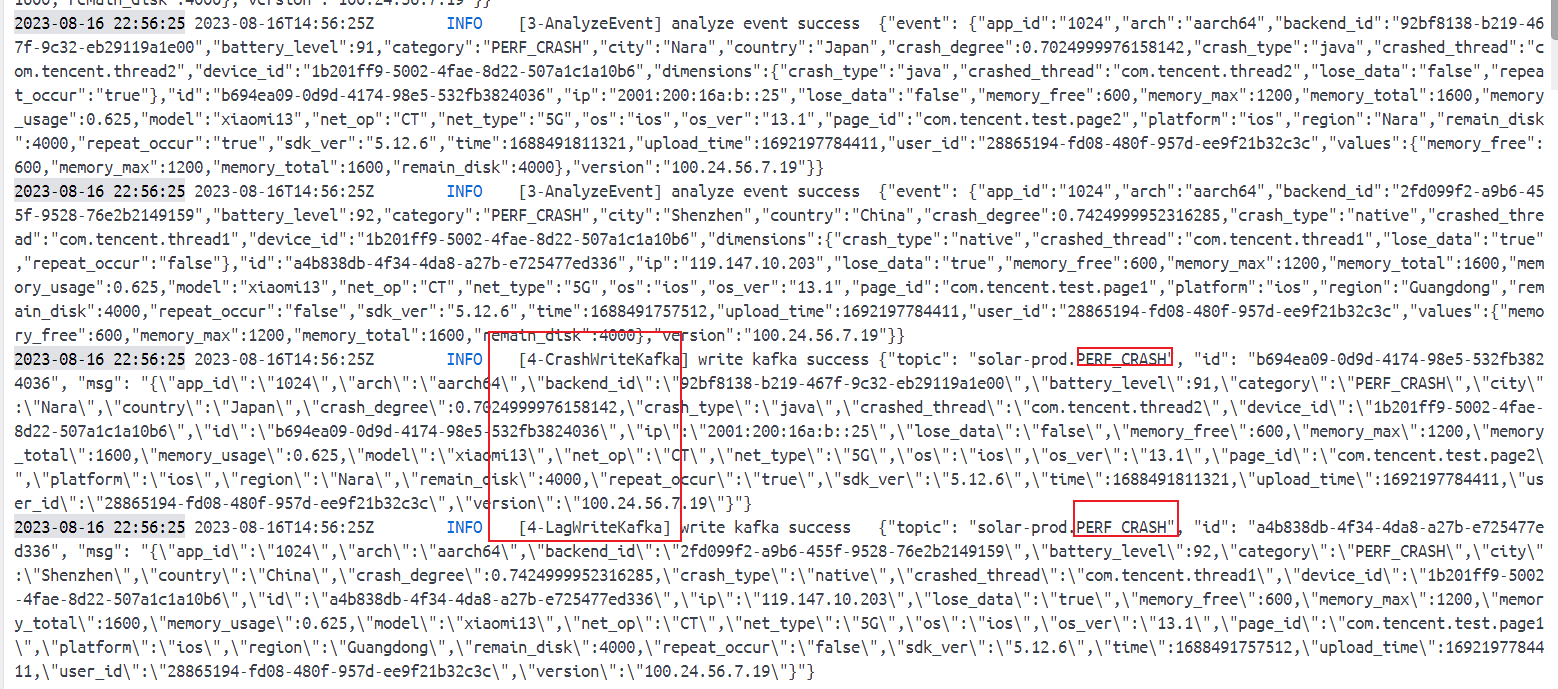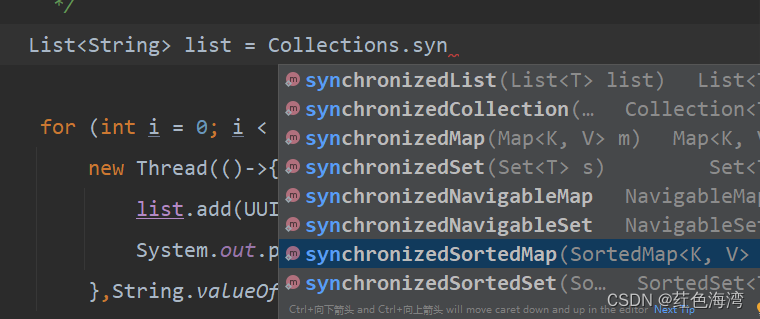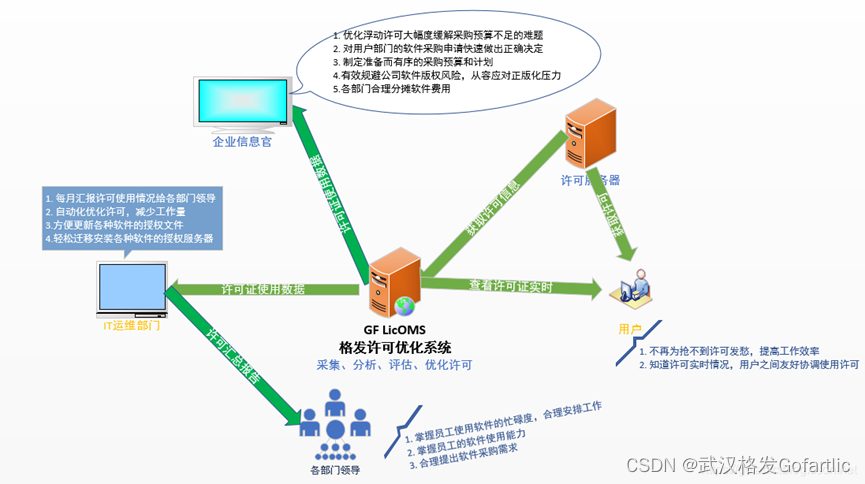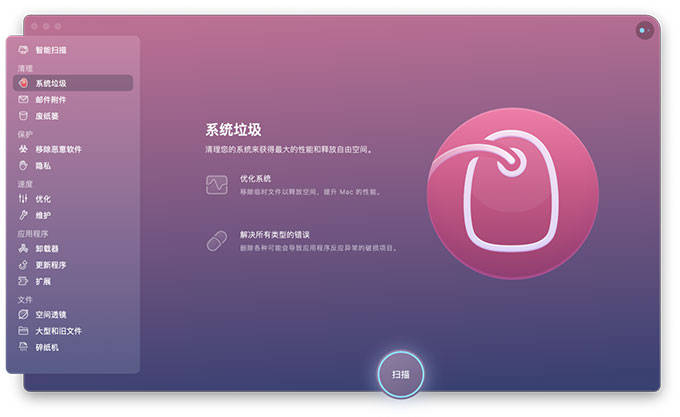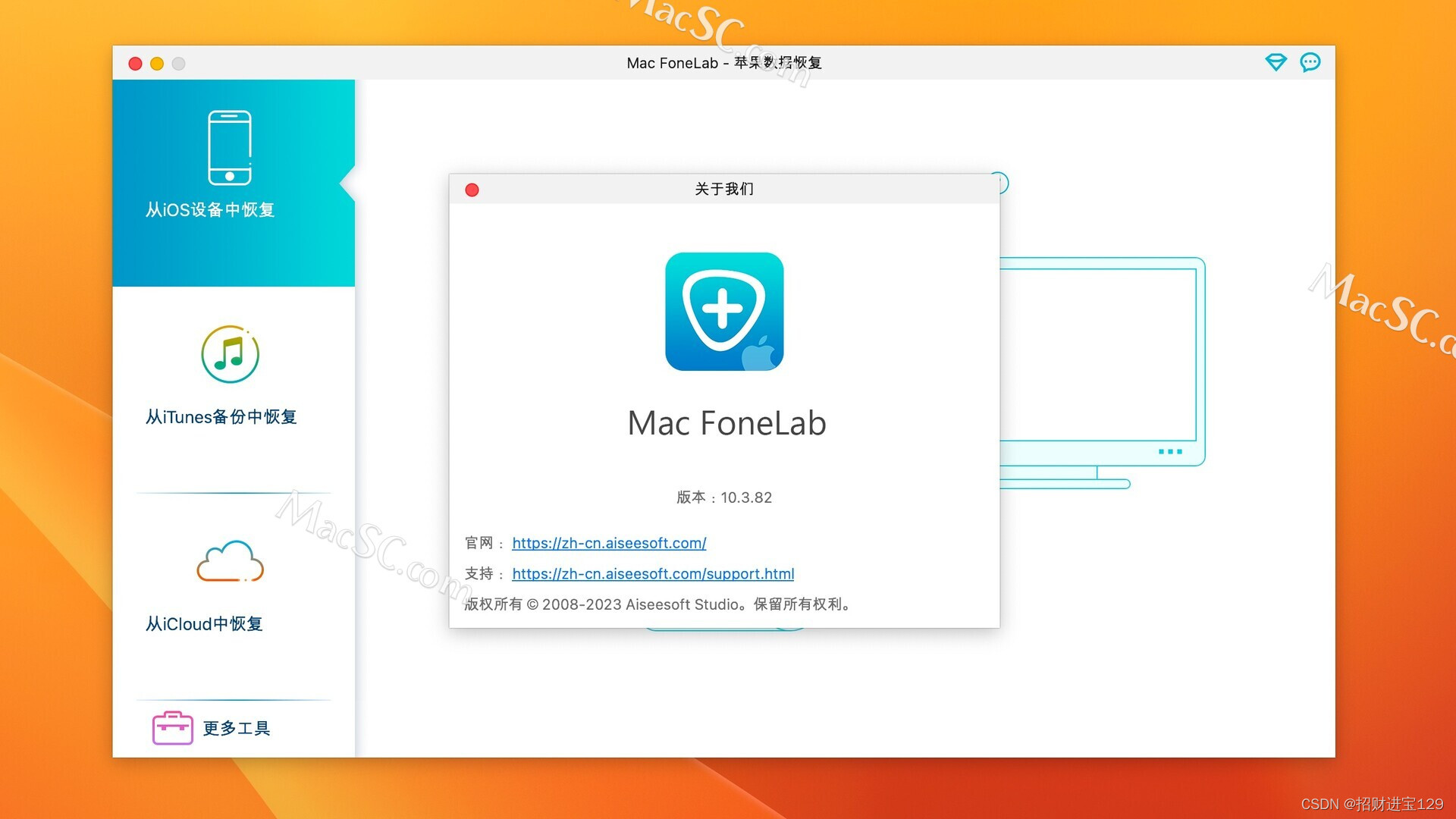目录
使用MyBatis完成CRUDz--增删改查
3.1 insert(Create)
3.2 delete(Delete)
3.3 update(Update)
3.4 select(Retrieve)
查询一条数据
查询多条数据
使用MyBatis完成CRUDz--增删改查
- 准备工作
-
- 创建module(Maven的普通Java模块):mybatis-002-crud
- pom.xml
-
-
- 打包方式jar
- 依赖:
-
-
-
-
- mybatis依赖
- mysql驱动依赖
- junit依赖
- logback依赖
-
-
-
- mybatis-config.xml放在类的根路径下
- CarMapper.xml放在类的根路径下
- logback.xml放在类的根路径下
- 提供com.powernode.mybatis.utils.SqlSessionUtil工具类
- 创建测试用例:com.powernode.mybatis.CarMapperTest
3.1 insert(Create)
分析以下SQL映射文件中SQL语句存在的问题
CarMapper.xml:
<?xml version="1.0" encoding="UTF-8" ?>
<!DOCTYPE mapper
PUBLIC "-//mybatis.org//DTD Mapper 3.0//EN"
"http://mybatis.org/dtd/mybatis-3-mapper.dtd">
<!--namespace先随便写-->
<mapper namespace="car">
<insert id="insertCar">
insert into t_car(car_num,brand,guide_price,produce_time,car_type) values('103', '奔驰E300L', 50.3, '2022-01-01', '燃油车')
</insert>
</mapper>存在的问题是:SQL语句中的值不应该写死,值应该是用户提供的。之前的JDBC代码是这样写的:
JDBC:
// JDBC中使用 ? 作为占位符。那么MyBatis中会使用什么作为占位符呢?
String sql = "insert into t_car(car_num,brand,guide_price,produce_time,car_type) values(?,?,?,?,?)";
// ......
// 给 ? 传值。那么MyBatis中应该怎么传值呢?
ps.setString(1,"103");
ps.setString(2,"奔驰E300L");
ps.setDouble(3,50.3);
ps.setString(4,"2022-01-01");
ps.setString(5,"燃油车");在MyBatis中可以这样做:
在Java程序中,将数据放到Map集合中
在sql语句中使用 #{map集合的key} 来完成传值,#{} 等同于JDBC中的 ? ,#{}就是占位符
Java程序这样写:
CarMapperTest.testInsertCar():
package com.dong.mybatis;
import com.powernode.mybatis.utils.SqlSessionUtil;
import org.apache.ibatis.session.SqlSession;
import org.junit.Test;
import java.util.HashMap;
import java.util.Map;
/**
* 测试MyBatis的CRUD
* @author 老杜
* @version 1.0
* @since 1.0
*/
public class CarMapperTest {
@Test
public void testInsertCar(){
// 准备数据
Map<String, Object> map = new HashMap<>();
map.put("k1", "103");
map.put("k2", "奔驰E300L");
map.put("k3", 50.3);
map.put("k4", "2020-10-01");
map.put("k5", "燃油车");
// 获取SqlSession对象
SqlSession sqlSession = SqlSessionUtil.openSession();
// 执行SQL语句(使用map集合给sql语句传递数据)
int count = sqlSession.insert("insertCar", map);
System.out.println("插入了几条记录:" + count);
}
}SQL语句这样写:
CarMapper.xml
<?xml version="1.0" encoding="UTF-8" ?>
<!DOCTYPE mapper
PUBLIC "-//mybatis.org//DTD Mapper 3.0//EN"
"http://mybatis.org/dtd/mybatis-3-mapper.dtd">
<!--namespace先随便写-->
<mapper namespace="car">
<insert id="insertCar">
insert into t_car(car_num,brand,guide_price,produce_time,car_type) values(#{k1},#{k2},#{k3},#{k4},#{k5})
</insert>
</mapper>#{} 的里面必须填写map集合的key,不能随便写。运行测试程序,查看数据库:

如果#{}里写的是map集合中不存在的key会有什么问题?
CarMapper.xml:
<?xml version="1.0" encoding="UTF-8" ?>
<!DOCTYPE mapper
PUBLIC "-//mybatis.org//DTD Mapper 3.0//EN"
"http://mybatis.org/dtd/mybatis-3-mapper.dtd">
<mapper namespace="car">
<insert id="insertCar">
insert into t_car(car_num,brand,guide_price,produce_time,car_type) values(#{kk},#{k2},#{k3},#{k4},#{k5})
</insert>
</mapper>运行程序:

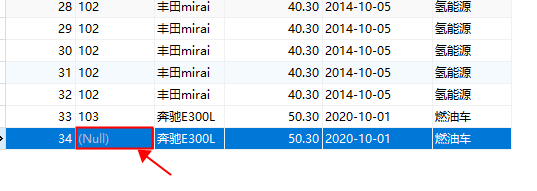
通过测试,看到程序并没有报错。正常执行。不过 #{kk} 的写法导致无法获取到map集合中的数据,最终导致数据库表car_num插入了NULL。
在以上sql语句中,可以看到#{k1} #{k2} #{k3} #{k4} #{k5}的可读性太差,为了增强可读性,我们可以将Java程序做如下修改:
CarMapperTest.testInsertCar()
Map<String, Object> map = new HashMap<>();
// 让key的可读性增强
map.put("carNum", "103");
map.put("brand", "奔驰E300L");
map.put("guidePrice", 50.3);
map.put("produceTime", "2020-10-01");
map.put("carType", "燃油车");SQL语句做如下修改,这样可以增强程序的可读性:
CarMapper.xml
<?xml version="1.0" encoding="UTF-8" ?>
<!DOCTYPE mapper
PUBLIC "-//mybatis.org//DTD Mapper 3.0//EN"
"http://mybatis.org/dtd/mybatis-3-mapper.dtd">
<mapper namespace="car">
<insert id="insertCar">
insert into t_car(car_num,brand,guide_price,produce_time,car_type) values(#{carNum},#{brand},#{guidePrice},#{produceTime},#{carType})
</insert>
</mapper>运行程序,查看数据库表:

使用Map集合可以传参,那使用pojo(简单普通的java对象)可以完成传参吗?测试一下:
- 第一步:定义一个pojo类Car,提供相关属性。
Car.java:
package com.dong.mybatis.pojo;
/**
* POJOs,简单普通的Java对象。封装数据用的。
* @author 老杜
* @version 1.0
* @since 1.0
*/
public class Car {
private Long id;
private String carNum;
private String brand;
private Double guidePrice;
private String produceTime;
private String carType;
@Override
public String toString() {
return "Car{" +
"id=" + id +
", carNum='" + carNum + '\'' +
", brand='" + brand + '\'' +
", guidePrice=" + guidePrice +
", produceTime='" + produceTime + '\'' +
", carType='" + carType + '\'' +
'}';
}
public Car() {
}
public Car(Long id, String carNum, String brand, Double guidePrice, String produceTime, String carType) {
this.id = id;
this.carNum = carNum;
this.brand = brand;
this.guidePrice = guidePrice;
this.produceTime = produceTime;
this.carType = carType;
}
public Long getId() {
return id;
}
public void setId(Long id) {
this.id = id;
}
public String getCarNum() {
return carNum;
}
public void setCarNum(String carNum) {
this.carNum = carNum;
}
public String getBrand() {
return brand;
}
public void setBrand(String brand) {
this.brand = brand;
}
public Double getGuidePrice() {
return guidePrice;
}
public void setGuidePrice(Double guidePrice) {
this.guidePrice = guidePrice;
}
public String getProduceTime() {
return produceTime;
}
public void setProduceTime(String produceTime) {
this.produceTime = produceTime;
}
public String getCarType() {
return carType;
}
public void setCarType(String carType) {
this.carType = carType;
}
}第二步:Java程序
CarMapperTest.testInsertCarByPOJO():
@Test
public void testInsertCarByPOJO(){
// 创建POJO,封装数据
Car car = new Car();
car.setCarNum("103");
car.setBrand("奔驰C200");
car.setGuidePrice(33.23);
car.setProduceTime("2020-10-11");
car.setCarType("燃油车");
// 获取SqlSession对象
SqlSession sqlSession = SqlSessionUtil.openSession();
// 执行SQL,传数据
int count = sqlSession.insert("insertCarByPOJO", car);
System.out.println("插入了几条记录" + count);
}第三步:SQL语句
CarMapper.xml:
<insert id="insertCarByPOJO">
<!--#{} 里写的是POJO的属性名-->
insert into t_car(car_num,brand,guide_price,produce_time,car_type) values(#{carNum},#{brand},#{guidePrice},#{produceTime},#{carType})
</insert>- 运行程序,查看数据库表:
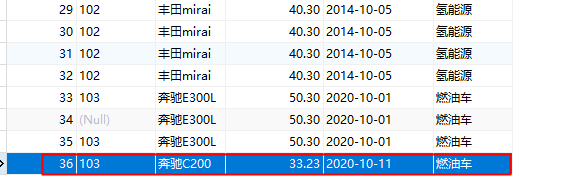
#{} 里写的是POJO的属性名,如果写成其他的会有问题吗?
CarMapper.xml
<insert id="insertCarByPOJO">
insert into t_car(car_num,brand,guide_price,produce_time,car_type) values(#{a},#{brand},#{guidePrice},#{produceTime},#{carType})
</insert>运行程序,出现了以下异常:

错误信息中描述:在Car类中没有找到a属性的getter方法。
修改POJO类Car的代码,只将getCarNum()方法名修改为getA(),其他代码不变,如下:
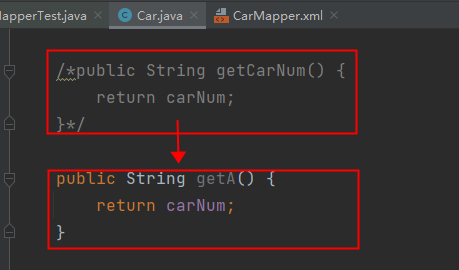
再运行程序,查看数据库表中数据:

经过测试得出结论:
如果采用map集合传参,#{} 里写的是map集合的key,如果key不存在不会报错,数据库表中会插入NULL。
如果采用POJO传参,#{} 里写的是get方法的方法名去掉get之后将剩下的单词首字母变小写(例如:getAge对应的是#{age},getUserName对应的是#{userName}),如果这样的get方法不存在会报错。
注意:其实传参数的时候有一个属性parameterType,这个属性用来指定传参的数据类型,不过这个属性是可以省略的
CarMapper.xml
<insert id="insertCar" parameterType="java.util.Map">
insert into t_car(car_num,brand,guide_price,produce_time,car_type) values(#{carNum},#{brand},#{guidePrice},#{produceTime},#{carType})
</insert>
<insert id="insertCarByPOJO" parameterType="com.powernode.mybatis.pojo.Car">
insert into t_car(car_num,brand,guide_price,produce_time,car_type) values(#{carNum},#{brand},#{guidePrice},#{produceTime},#{carType})
</insert>3.2 delete(Delete)
需求:根据car_num进行删除。
SQL语句这样写:
CarMapper.xml:
<delete id="deleteByCarNum">
delete from t_car where car_num = #{SuiBianXie}
</delete>Java程序这样写:
CarMapperTest.testDeleteByCarNum:
@Test
public void testDeleteByCarNum(){
// 获取SqlSession对象
SqlSession sqlSession = SqlSessionUtil.openSession();
// 执行SQL语句
int count = sqlSession.delete("deleteByCarNum", "102");
System.out.println("删除了几条记录:" + count);
}运行结果:

注意:当占位符只有一个的时候,${} 里面的内容可以随便写。
3.3 update(Update)
需求:修改id=34的Car信息,car_num为102,brand为比亚迪汉,guide_price为30.23,produce_time为2018-09-10,car_type为电车
修改前:
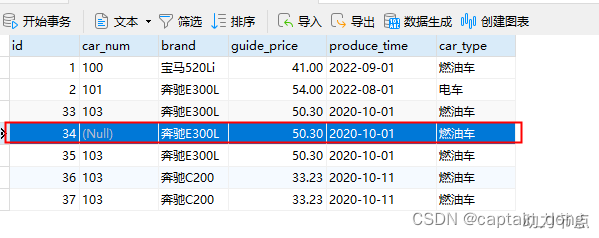
SQL语句如下:
CarMapper.xml:
<update id="updateCarByPOJO">
update t_car set
car_num = #{carNum}, brand = #{brand},
guide_price = #{guidePrice}, produce_time = #{produceTime},
car_type = #{carType}
where id = #{id}
</update>Java代码如下:
CarMapperTest.testUpdateCarByPOJO:
@Test
public void testUpdateCarByPOJO(){
// 准备数据
Car car = new Car();
car.setId(34L);
car.setCarNum("102");
car.setBrand("比亚迪汉");
car.setGuidePrice(30.23);
car.setProduceTime("2018-09-10");
car.setCarType("电车");
// 获取SqlSession对象
SqlSession sqlSession = SqlSessionUtil.openSession();
// 执行SQL语句
int count = sqlSession.update("updateCarByPOJO", car);
System.out.println("更新了几条记录:" + count);
}运行结果:

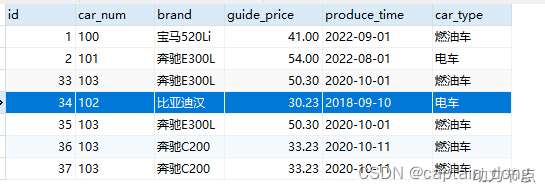
当然了,如果使用map传数据也是可以的。
3.4 select(Retrieve)
select语句和其它语句不同的是:查询会有一个结果集。来看mybatis是怎么处理结果集的!!!
查询一条数据
需求:查询id为1的Car信息
SQL语句如下:
CarMapper.xml:
<select id="selectCarById">
select * from t_car where id = #{id}
</select>Java程序如下:
CarMapperTest.testSelectCarById:
@Test
public void testSelectCarById(){
// 获取SqlSession对象
SqlSession sqlSession = SqlSessionUtil.openSession();
// 执行SQL语句
Object car = sqlSession.selectOne("selectCarById", 1);
System.out.println(car);
}运行结果如下:
运行结果出现了异常:
### Error querying database. Cause: org.apache.ibatis.executor.ExecutorException:
A query was run and no Result Maps were found for the Mapped Statement 'car.selectCarById'. 【翻译】:对于一个查询语句来说,没有找到查询的结果映射。
It's likely that neither a Result Type nor a Result Map was specified. 【翻译】:很可能既没有指定结果类型,也没有指定结果映射。以上的异常大致的意思是:对于一个查询语句来说,你需要指定它的“结果类型”或者“结果映射”。
所以说,你想让mybatis查询之后返回一个Java对象的话,至少你要告诉mybatis返回一个什么类型的Java对象,可以在<select>标签中添加resultType属性,用来指定查询要转换的类型:
CarMapper.xml:
<select id="selectCarById" resultType="com.powernode.mybatis.pojo.Car">
select * from t_car where id = #{id}
</select>运行结果:

运行后之前的异常不再出现了,这说明添加了resultType属性之后,解决了之前的异常,可以看出resultType是不能省略的。
仔细观察控制台的日志信息,不难看出,结果查询出了一条。并且每个字段都查询到值了:Row: 1, 100, 宝马520Li, 41.00, 2022-09-01, 燃油车
但是奇怪的是返回的Car对象,只有id和brand两个属性有值,其它属性的值都是null,这是为什么呢?我们来观察一下查询结果列名和Car类的属性名是否能一一对应:
查询结果集的列名:id, car_num, brand, guide_price, produce_time, car_type
Car类的属性名:id, carNum, brand, guidePrice, produceTime, carType
通过观察发现:只有id和brand是一致的,其他字段名和属性名对应不上,这是不是导致null的原因呢?我们尝试在sql语句中使用as关键字来给查询结果列名起别名试试:
CarMapper.xml:
<select id="selectCarById" resultType="com.powernode.mybatis.pojo.Car">
select
id, car_num as carNum, brand, guide_price as guidePrice, produce_time as produceTime, car_type as carType
from
t_car
where
id = #{id}
</select>运行结果如下:

通过测试得知,如果当查询结果的字段名和java类的属性名对应不上的话,可以采用as关键字起别名,当然还有其它解决方案,我们后面再看
查询多条数据
需求:查询所有的Car信息。
SQL语句如下:
CarMapper.xml:
<!--虽然结果是List集合,但是resultType属性需要指定的是List集合中元素的类型。-->
<select id="selectCarAll" resultType="com.powernode.mybatis.pojo.Car">
<!--记得使用as起别名,让查询结果的字段名和java类的属性名对应上。-->
select
id, car_num as carNum, brand, guide_price as guidePrice, produce_time as produceTime, car_type as carType
from
t_car
</select>Java代码如下:
CarMapperTest.testSelectCarAll:
@Test
public void testSelectCarAll(){
// 获取SqlSession对象
SqlSession sqlSession = SqlSessionUtil.openSession();
// 执行SQL语句
List<Object> cars = sqlSession.selectList("selectCarAll");
// 输出结果
cars.forEach(car -> System.out.println(car));
}运行结果如下:
